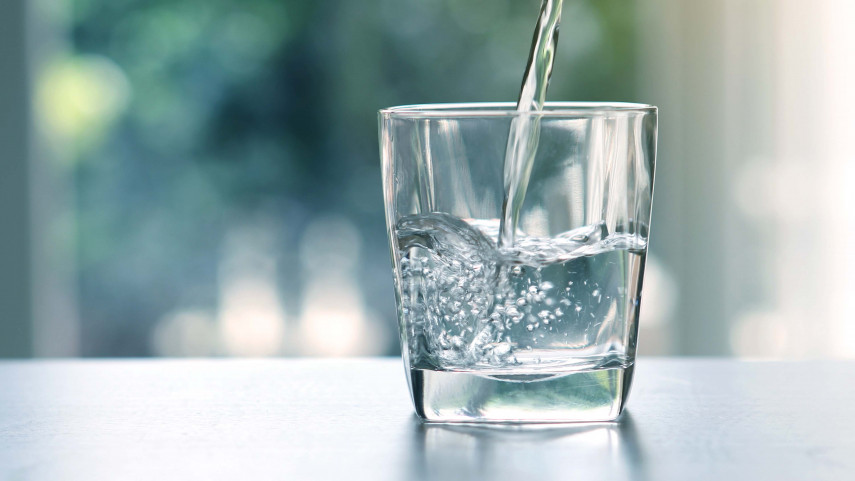
Council to roll out backflow-stopping devices

Share this story
Christchurch City Council will soon begin rolling out thousands of backflow-stopping devices to commercial and industrial properties in order to better safeguard the city’s drinking-water supply.
Up to 9,100 commercial and industrial sites in Christchurch may need a backflow prevention device installed at the property’s boundary to protect the public water supply from contamination if water flows the wrong way.
The average cost per property is $2,000 to install the device, plus about $150 a year for testing and maintenance.
Property owners will be able to choose whether to have the Council install the device on public land or to organise their own professional installation on their own land, under a fast-tracked and discounted consenting process.
Where the Council installs a device it will also offer repayment plans for property owners, if requested, where install costs exceed $1,000.
Backflow occurs when water flows backward from a property and into the public drinking-water supply network. It can happen if the pressure drops in the network and causes water – and potentially chemicals and other contaminants – to be sucked or pushed back into the public supply.
Council Head of Three Waters and Waste Helen Beaumont says while backflow events are rare, the risk to the city’s drinking water if an event occurs is very high.
“Backflow is one of the biggest risks to our drinking water and can seriously affect the quality and safety of our water, potentially causing serious illness, injury or even death.
“We’re committed to supplying safe, high-quality drinking water for everyone in Christchurch, and to make sure we can keep doing that, we need to ensure backflow doesn’t happen.”
Backflow prevention devices are a legal requirement for many commercial and industrial properties and are typically registered as part of the building consent process.
Under the Health Act, the Council is allowed to install a device on the public side of a property’s water connection where it considers it desirable or necessary to protect the water supply from contamination. It is also allowed to recover costs related to installing, testing and maintaining the device.
An audit last year found about a third of commercial and industrial water connections had inadequate backflow prevention in place.
The Council is working to bring parts of the city’s water supply network – including backflow prevention – in line with the Ministry of Health’s new framework for assessing risks to drinking water. Under the new framework, the Council’s latest risk assessment of the city’s current level of backflow prevention found it to be unacceptable.
In order to reduce the risk to an acceptable level, all commercial and industrial properties classified low, medium or high hazard need to have an appropriate backflow prevention device installed.
The Council has already installed about 40 backflow prevention devices to date to avoid needing to re-chlorinate parts of the city where chlorine has already been removed from the water supply.
About 20 per cent of the city is currently chlorine free, with most of the remainder being treated with a low dose at 0.2 parts per million, which is a fifth of the dose the Council first began treating the water supply with.
